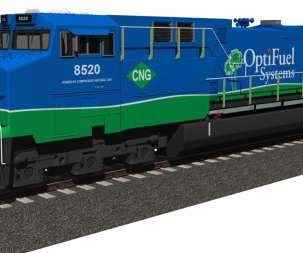NOAA greenhouse gas index continues climbing; 1.29 in 2010
Green Car Congress
NOVEMBER 10, 2011
NOAA’s updated Annual Greenhouse Gas Index (AGGI), which measures the direct climate influence of many greenhouse gases such as carbon dioxide and methane, shows a continued steady upward trend. It also includes several chemicals known to deplete Earth’s protective ozone layer, which are also active as greenhouse gases.



















Let's personalize your content